Two of the commonly used lithium-ion cell formats are cylindrical lithium cells and lithium-ion 32140 energy cells. While both of these battery types share the same basic lithium-ion chemistry, they differ in size, shape, design, and performance characteristics. Understanding the key differences between these two cell types is important when choosing the appropriate battery for a specific application.
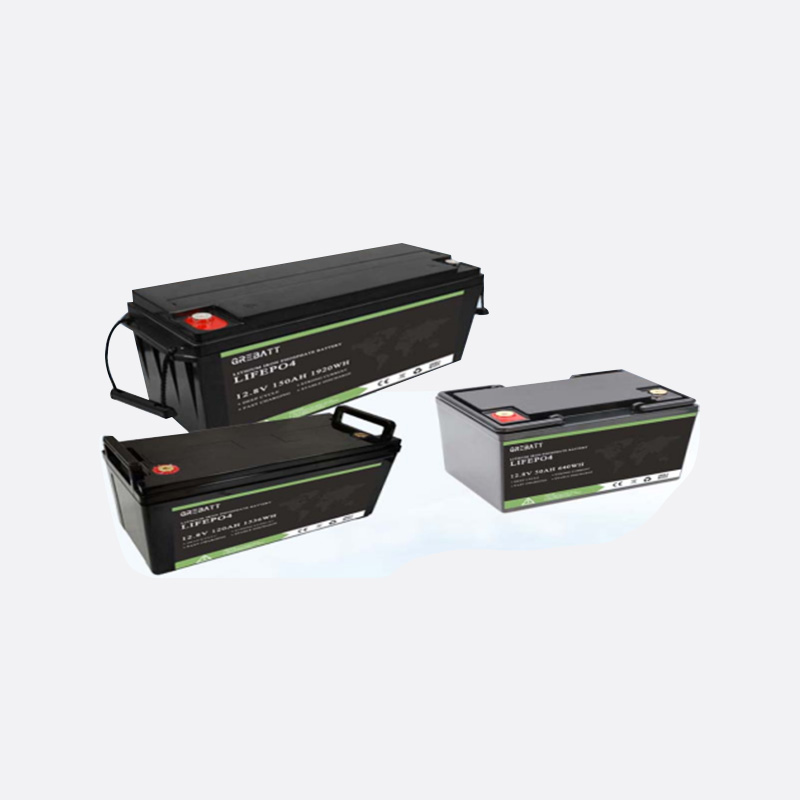
Cylindrical Lithium Cells: Design and Common Applications
Cylindrical lithium cells are one of the widely used forms of lithium-ion batteries. Their cylindrical design allows for a high degree of flexibility and reliability in various applications. These batteries are typically known by their "18650" or "21700" designations, which refer to their dimensions in millimeters (18 mm diameter and 65 mm length for the 18650, for example). The 18650 lithium cell is one of the commonly used cylindrical cells, especially in consumer electronics, laptops, and power tools.
Design and Construction
Cylindrical lithium cells are generally composed of a cylindrical metal casing that encloses the battery’s anode, cathode, separator, and electrolyte. The cylindrical shape helps distribute heat evenly during charging and discharging cycles, reducing the risk of thermal issues and improving overall safety. This form factor is also ideal for stacking and arranging multiple cells into battery packs, as it allows for a compact yet versatile configuration.
Common Applications
Due to their well-established design and manufacturing processes, cylindrical lithium cells are commonly used in consumer electronics, such as laptops, portable power banks, flashlights, and even in the battery packs for electric vehicles. They are also widely used in energy storage solutions, where their ability to provide high energy density, combined with long-lasting performance, makes them a top choice for residential and commercial solar storage systems.
Lithium-Ion 32140 Energy Cells: Unique Design and Performance
The lithium-ion 32140 energy cell is a less common but increasingly popular format in the battery industry. The designation "32140" refers to the specific dimensions of the cell: 32 mm in diameter and 140 mm in length. This format is generally a prismatic-shaped cell and is commonly used in specialized applications, including some high-performance electric vehicles and larger energy storage systems.
Design and Construction
Lithium-ion 32140 energy cells are generally larger and longer than typical cylindrical cells. Unlike the cylindrical cells, these energy cells are typically flat or prismatic in design, which allows for different packing arrangements compared to cylindrical cells. The prismatic shape means that these cells can be stacked in more compact, linear arrangements, which can be ideal for large battery packs.
In addition, 32140 cells often have a higher capacity relative to their size when compared to cylindrical cells. This allows for longer operation times and higher energy storage, especially when multiple cells are stacked together in a larger configuration. The shape of these cells also provides better internal efficiency, reducing internal resistance and improving overall energy output.
Common Applications
The primary use of 32140 lithium-ion cells is in large-scale applications that require substantial energy storage and efficient space management. These applications include high-performance energy storage systems, commercial solar energy installations, and certain types of electric vehicles. Additionally, 32140 cells are increasingly being considered in applications where high capacity, long lifespan, and space-saving designs are critical.
Key Differences Between Cylindrical Lithium Cells and Lithium-Ion 32140 Energy Cells
While both cylindrical lithium cells and 32140 energy cells belong to the same lithium-ion battery family, several key differences set them apart in terms of design, performance, and suitability for various applications.
1. Shape and Size
The obvious difference between these two types of batteries is their shape and size. Cylindrical cells are small, round, and typically come in standard sizes such as 18650 and 21700. These smaller, cylindrical cells are often stacked in series and parallel configurations to form larger battery packs. On the other hand, the lithium-ion 32140 energy cell is prismatic and larger, with a more rectangular shape that lends itself to different packing arrangements. This difference in shape allows the 32140 cell to be more space-efficient when integrated into larger systems.
2. Energy Capacity
The energy capacity of a lithium-ion cell is directly influenced by its size and internal construction. Due to its larger size, the 32140 lithium-ion energy cell typically offers a higher energy capacity compared to cylindrical cells of the same chemistry. For example, a 32140 cell can provide more watt-hours of energy than an 18650 cell, making it a better choice for applications requiring longer operational times or higher energy storage.
 boo@zjmgmm.com / 958587858@qq.com
boo@zjmgmm.com / 958587858@qq.com English
English русский
русский Español
Español عربى
عربى
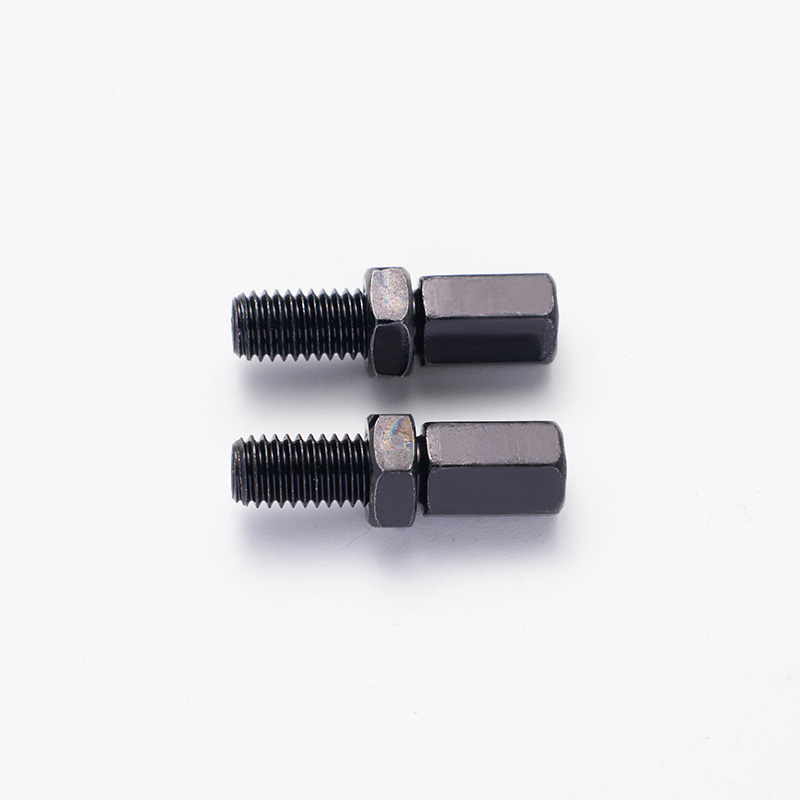
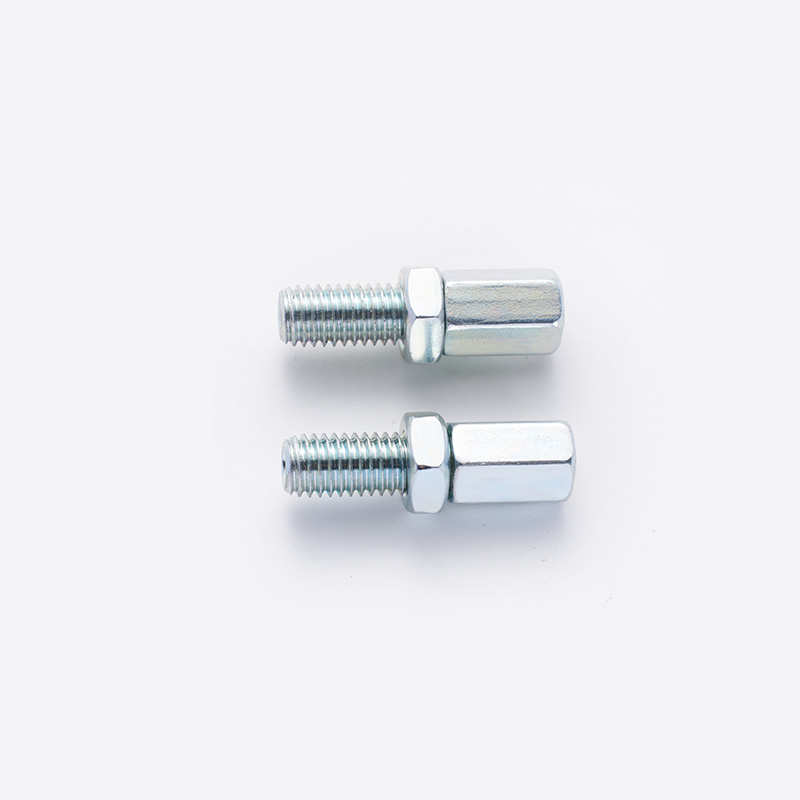

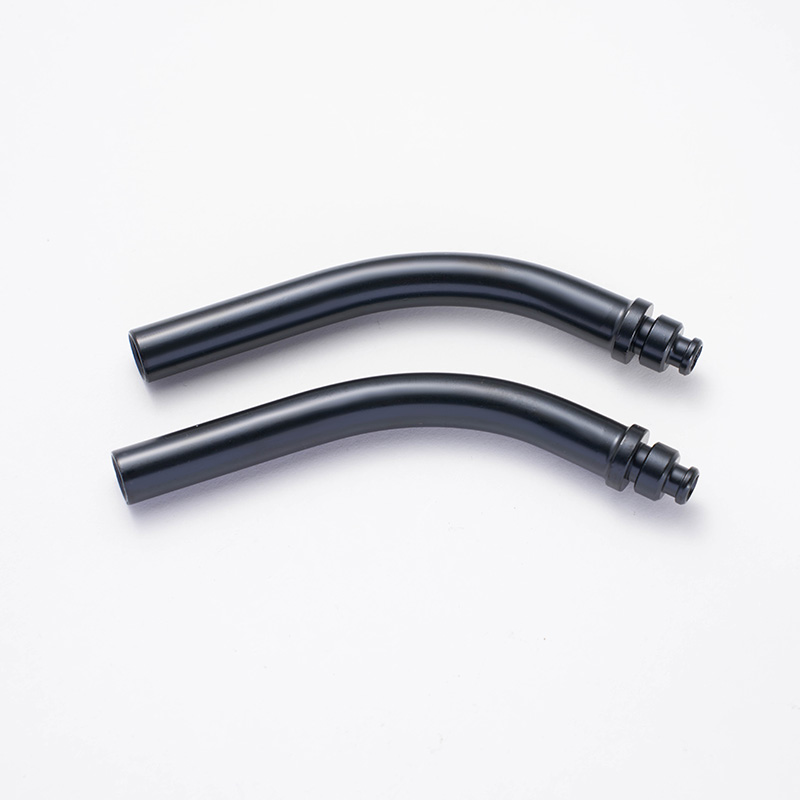

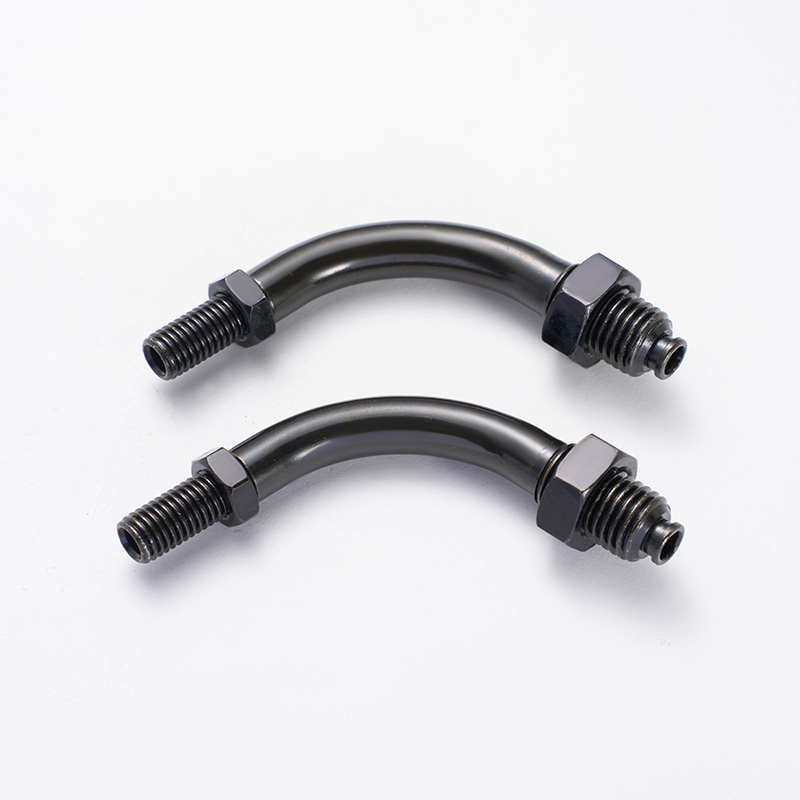

 English
English  Building 33, Demonstration Park, No. 318 Chenguang Road, Eastern New District, Wenling City, Taizhou City, Zhejiang Province, China
Building 33, Demonstration Park, No. 318 Chenguang Road, Eastern New District, Wenling City, Taizhou City, Zhejiang Province, China  0086-576-86337978
0086-576-86337978  0086-576-86333878
0086-576-86333878
 boo@zjmgmm.com
boo@zjmgmm.com 